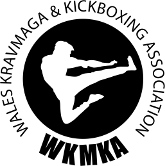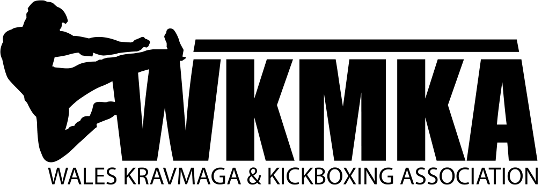Below are some of the most commonly asked questions we get asked about our Krav Maga classes. If we haven’t answered your query below please get in touch.
What do I need to bring to class?
Groin protection is essential to ensure you are protected throughout the class. Groin guards are available for both men and women and are worn in the case of any accidents. Being kicked or punched in the groin area should not happen as part of your Krav Maga training but we appreciate accidents do happen and therefore like to ensure all our class attendees are fully protected.
What should I wear?
Comfort is the most important thing, so wearing a simple t-shirt and tracksuits should be fine. Regular trainers should be fine too although as time goes on many of our class members swap for wrestling or grappling boots. Our regular class members and instructors wear WKMKA t-shirts and you can opt to purchase one of these too.
I’m looking to lose weight and get fit – will WKMKA help to to lose weight and tone up?
If you’re committed, we guarantee it! Our instructors put together challenging classes which include conditioning strength training and flexibility. Many students start seeing results in a just few weeks of training and private sessions are available to help you hone your results.
How long does it take to become proficient in Krav Maga and Kickboxing?
Krav Maga is a tried and tested system which is designed to be easy to learn and practice. It’s a very fast progressing system and it’s driven by the need to have people trained up to the same proficiency very quickly. A person of average build and fitness should see significant progress within a few months and this is always something you can discuss with our instructors to gauge your progress.
Will I struggle if I haven’t tried Martial Arts before?
Though Krav Maga isn’t a martial art it is often taught alongside them. However, many of our class members try Krav Maga first, with no experience of martial arts. Many others actually come to our classes after years of experience in martial arts, ready to learn this new system and add this field of self defence to their repertoire. Krav Maga benefits from being a very open system which can be enjoyed and experienced by people of all fitness and skill levels.
How long are Classes?
Up to 1 hour and 15 minutes
What happens in a Krav Maga Class?
Throughout a WKMKA Krav Maga class you will learn techniques of both Krav Maga and kickboxing. The class will loosely follow the below format.
Beginning
Each Krav Maga class will begin with a warm up. You will stand in a line with your class members and bow as your instructor welcomes you to the class. The warm up should last between ten and fifteen minutes and will involves a range of light cardio exercises, stretching power exercises and a game based task. Krav Maga or kickboxing techniques will be included in the warm up to ensure you are getting as much practice of the skills as possible.
Learning Techniques
The instructor will give each class a specific theme and introduce the techniques which will be covered throughout the class. The techniques will be demonstrated in full by the instructor, at a number of different speeds and angles to ensure they are completed understood. Once the demonstration is complete, practice begins.
To begin with you will start to dry drill the each technique and work on developing the gross motor skills needed to perfect it. This is then followed by a body drill which is carried out with a partner, done slowly to begin with and then building up speed at your own pace. The next stage is then the summary drill which lets you practice the technique in a way which simulates reality in a safe environment.
This process will be repeated as many times as necessary.
Ending
The end of the lesson will usually involve a game or simulation which allows you to practice all your new techniques in a safe but challenging environment. It is often known as pressure testing as you get the chance to find your strengths and weaknesses and learn where you need to develop.
The session will then be followed with the necessary stretching that your body needs to avoid over stiffness and soreness the next day.

